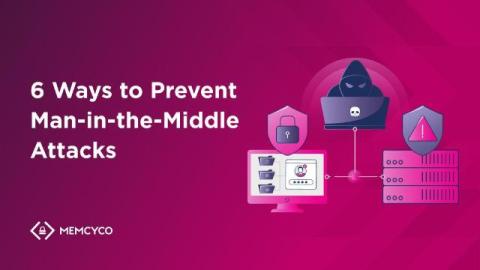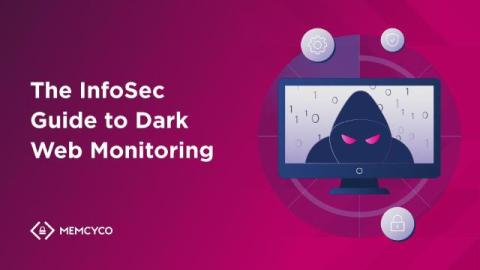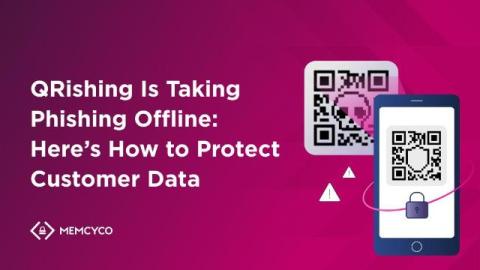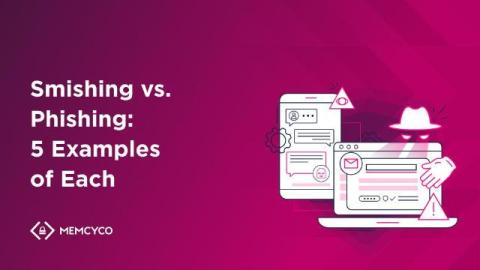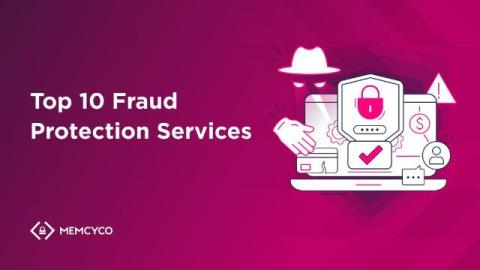6 Ways to Prevent Man-in-the-Middle (MitM) Attacks
In today’s cyber attack scene, data often takes a detour – straight through hackers’ systems. Unlike phishing or ransomware, which aim to trick users into handing over credentials or stealing data directly from systems, a Man-in-the-Middle (MitM) attack involves an unseen intermediary trying to fool each of two parties into thinking he’s the other one, capturing and/or altering information communicated between the parties, etc.


